
The Enchanting Historic Center of Cusco
Discover the Historic Center of Cusco, where ancient Incan heritage meets Spanish colonial charm in a captivating blend of history and culture.
Welcome to the heart of Cusco, a city that once served as the capital of the Incan Empire. The Historic Center of Cusco is a vibrant and colorful neighborhood where ancient traditions blend seamlessly with modern life. Walking through its narrow, cobbled streets, you'll encounter a remarkable mixture of Spanish colonial architecture and Incan stonework, making it a unique place to explore. The central Plaza de Armas is the perfect starting point for your adventure. The plaza is surrounded by stunning buildings, including the Cusco Cathedral and the Church of La Compañía de Jesús. The cathedral, built on the foundations of an Incan palace, houses an impressive collection of colonial art. Nearby, the bustling San Pedro Market offers a sensory overload of colors, sounds, and smells, where you can sample local delicacies and purchase traditional crafts. The Historic Center is also home to several important archaeological sites. The Qorikancha (Temple of the Sun) is a must-visit, showcasing the incredible engineering skills of the Incas. The temple's original walls are still visible, and the adjacent Convent of Santo Domingo adds an interesting layer of colonial history. Additionally, the nearby Sacsayhuamán fortress offers breathtaking views of the city and a chance to marvel at the massive stone blocks used in its construction.
Local tips in Historic Center
- Wear comfortable walking shoes as the cobbled streets can be uneven.
- Altitude sickness can be an issue; take it easy on your first day and stay hydrated.
- Visit early in the morning or late in the afternoon to avoid the crowds.
- Carry small change for purchases at local markets.
- Hire a local guide for a more insightful experience of the historic sites.
The Enchanting Historic Center of Cusco
Welcome to the heart of Cusco, a city that once served as the capital of the Incan Empire. The Historic Center of Cusco is a vibrant and colorful neighborhood where ancient traditions blend seamlessly with modern life. Walking through its narrow, cobbled streets, you'll encounter a remarkable mixture of Spanish colonial architecture and Incan stonework, making it a unique place to explore. The central Plaza de Armas is the perfect starting point for your adventure. The plaza is surrounded by stunning buildings, including the Cusco Cathedral and the Church of La Compañía de Jesús. The cathedral, built on the foundations of an Incan palace, houses an impressive collection of colonial art. Nearby, the bustling San Pedro Market offers a sensory overload of colors, sounds, and smells, where you can sample local delicacies and purchase traditional crafts. The Historic Center is also home to several important archaeological sites. The Qorikancha (Temple of the Sun) is a must-visit, showcasing the incredible engineering skills of the Incas. The temple's original walls are still visible, and the adjacent Convent of Santo Domingo adds an interesting layer of colonial history. Additionally, the nearby Sacsayhuamán fortress offers breathtaking views of the city and a chance to marvel at the massive stone blocks used in its construction.
Iconic landmarks you can’t miss
Plaza Mayor de Cusco
Discover the vibrant Plaza Mayor de Cusco, a historical plaza surrounded by stunning architecture and local culture, perfect for exploration and relaxation.

Saqsaywaman
Discover the grandeur of Saqsaywaman, an iconic Incan fortress with breathtaking views and rich historical significance in Cusco, Peru.
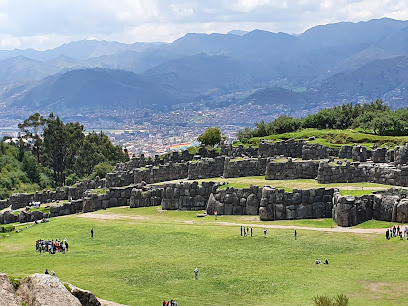
Qorikancha
Explore Qorikancha, Cusco's magnificent Incan Temple of the Sun, where history, culture, and stunning architecture come together in a sacred atmosphere.
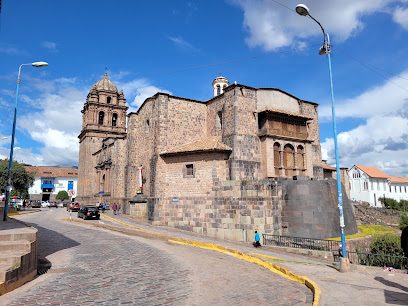
Church and Convent of Santo Domingo of Guzmán
Explore the Church and Convent of Santo Domingo, a breathtaking blend of Inca heritage and colonial artistry in the heart of Cusco.
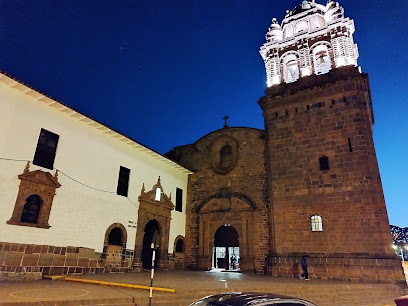
Plaza San Blas
Experience the vibrant culture and history at Plaza San Blas, the heart of Cusco's artistic community and a gateway to Peru's rich heritage.
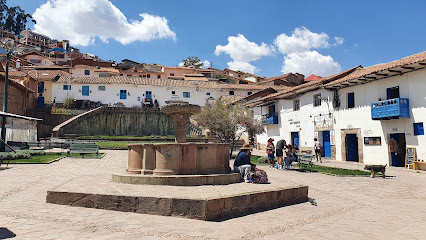
Regional Historical Museum of Cusco
Explore the Regional Historical Museum of Cusco for a captivating journey through Peru's rich cultural heritage and history.

Museo Casa Concha
Explore the rich heritage of the Incas at Museo Casa Concha, featuring artifacts from Machu Picchu and a captivating journey through Peru's ancient history.
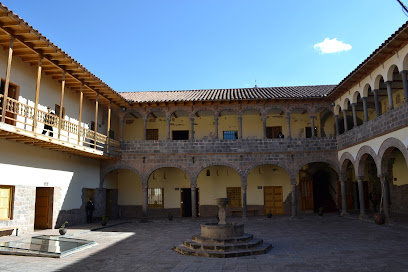
Statue of Christ
Experience the breathtaking views and rich cultural heritage at the Statue of Christ in Cusco, a must-visit historical landmark for every traveler.
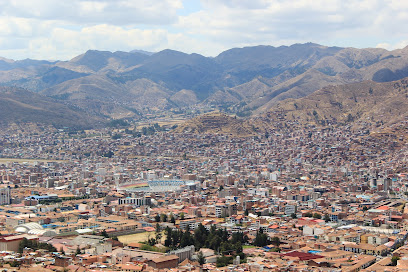
Koricancha Centro Cusco
Explore the ancient Temple of the Sun at Koricancha in Cusco, where Incan history meets stunning architecture in a serene setting.
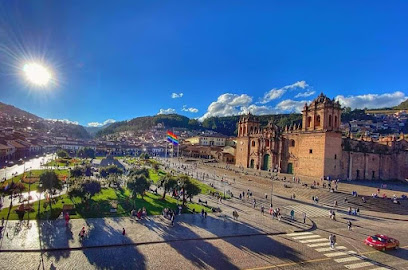
Letrero de bienvenida a Cuzco
Experience the vibrant spirit of Cusco at its iconic Welcome Sign, a colorful landmark that embodies the city's rich cultural heritage and stunning landscapes.
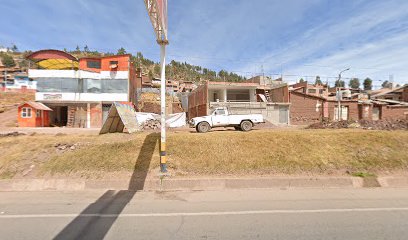
Huaca de San Blas
Explore Huaca de San Blas, a hidden gem in Cusco, Peru, where ancient Incan heritage meets serene beauty in an unforgettable historical experience.
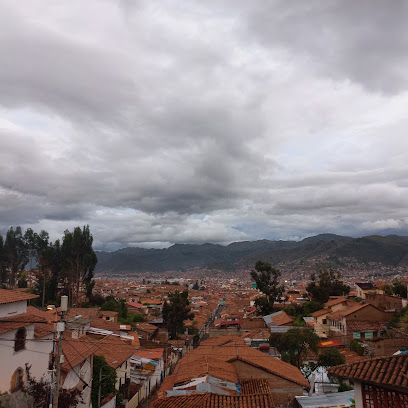
Unmissable attractions to see
Twelve Angled Stone
Discover the Twelve Angled Stone in Cusco, a remarkable historical landmark showcasing the incredible engineering of the Inca civilization.
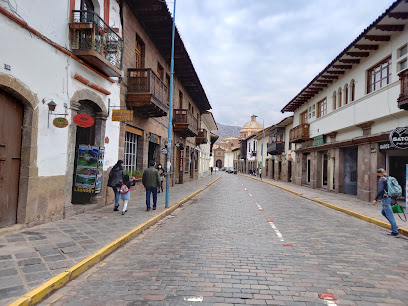
Church and Convent of Santo Domingo of Guzmán
Explore the breathtaking Church and Convent of Santo Domingo, a historic gem in Cusco that beautifully blends Incan and colonial heritage.
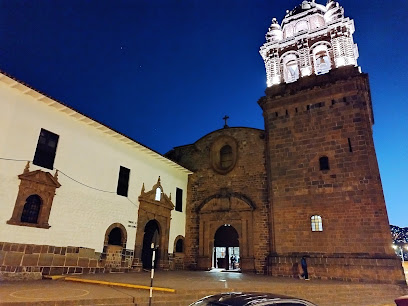
Sagrado Garden
Discover tranquility and beauty at Sagrado Garden, a serene oasis in Cusco showcasing stunning flora and rich cultural heritage.
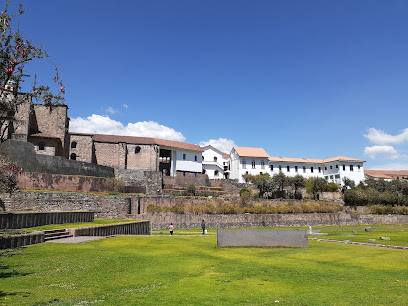
Cusco Cathedral
Experience the awe-inspiring Cusco Cathedral, a blend of history and spirituality in the heart of Peru's ancient capital, Cusco.

Regional Historical Museum of Cusco
Explore the rich tapestry of Cusco's history through captivating exhibits and artifacts at the Regional Historical Museum.
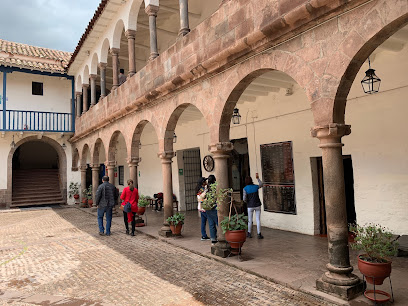
Museo de Arte Popular
Discover the vibrant artistic heritage of Peru at Museo de Arte Popular in Cusco, showcasing traditional crafts and local artistry.

Museo de Arte Precolombino
Explore the extraordinary pre-Columbian art at Museo de Arte Precolombino, a cultural gem in the heart of Cusco, Peru.
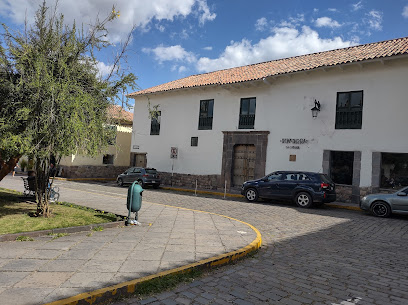
Museo Casa Concha
Explore the fascinating history of the Incas at Museo Casa Concha, where artifacts and exhibitions unveil the secrets of Machu Picchu.
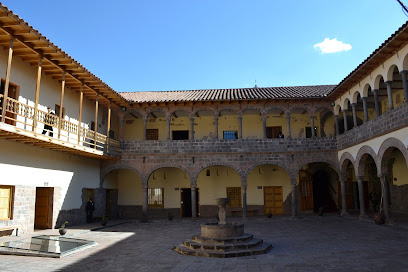
Museo y Catacumbas del Convento de San Francisco de Asís de Cusco
Discover the haunting beauty and rich history of Cusco at the Museo y Catacumbas del Convento de San Francisco de Asís, a must-visit for culture enthusiasts.
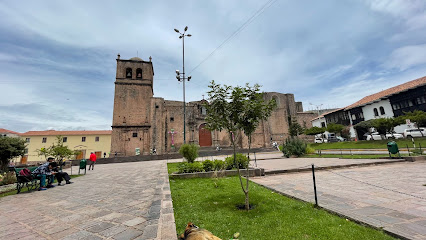
Statue of Christ
Discover the spiritual and historical significance of Cristo Blanco in Cusco, where breathtaking views meet cultural heritage.
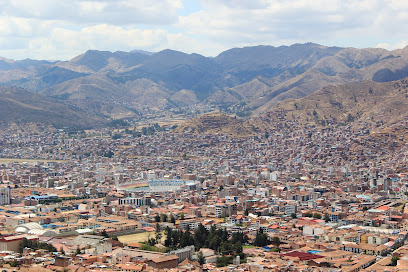
Centro Histórico
Explore the vibrant Centro Histórico of Cusco, a UNESCO World Heritage Site rich in Incan history, stunning architecture, and local culture.
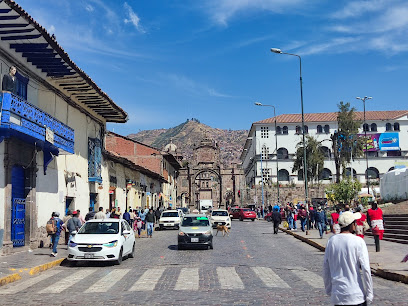
Essential places to dine
Republica Del Pisco - Cusco
Discover the essence of Peru at Republica Del Pisco in Cusco, where authentic flavors meet vibrant ambiance and exceptional pisco cocktails.
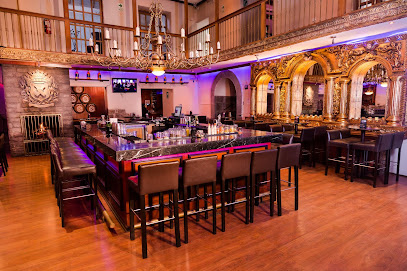
Organika Restaurant
Discover the rich tastes of Peru at Organika Restaurant in Cusco, where organic ingredients meet authentic flavors for an unforgettable dining experience.

Cicciolina
Experience the best of Italian cuisine blended with local flavors at Cicciolina in Cusco's historic center.
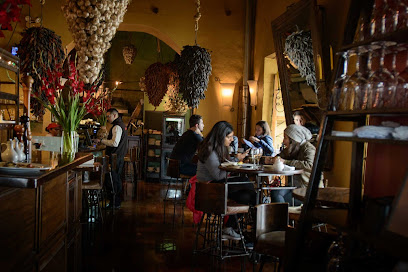
KUSYKAY Peruvian Craft Food
Experience authentic Peruvian cuisine at KUSYKAY – where tradition meets flavor in the heart of Cusco.
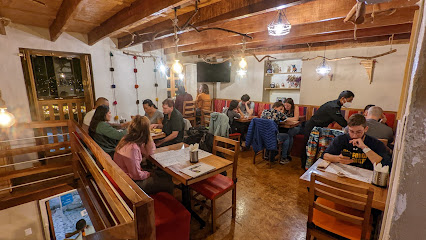
Uchu Peruvian Steakhouse
Savor authentic Peruvian cuisine at Uchu Peruvian Steakhouse in Cusco - where tradition meets gourmet excellence in every bite.
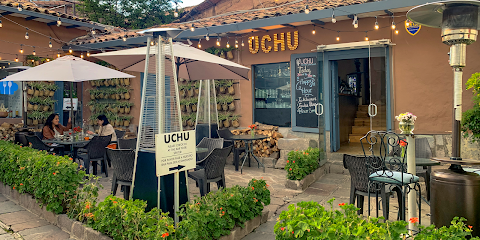
Ceviche Seafood Kitchen
Experience authentic Peruvian flavors at Ceviche Seafood Kitchen in Cusco - home to exquisite ceviche and vibrant dining ambiance.
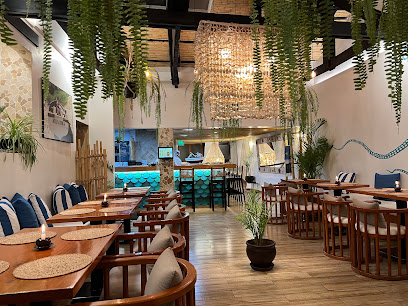
Inkazuela
Experience the essence of Peru at Inkazuela in Cusco – where traditional flavors meet modern culinary creativity.
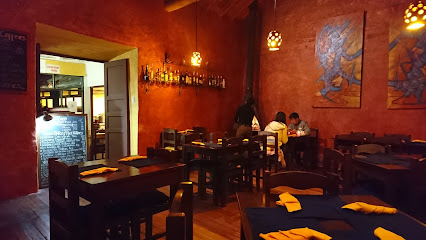
Calle del Medio Restaurante Bar
Experience authentic Peruvian grilling in the heart of Cusco at Calle del Medio Restaurante Bar, where flavors meet tradition.

Mistura Grill Cusco
Experience authentic Peruvian cuisine at Mistura Grill Cusco – where tradition meets taste in every bite.
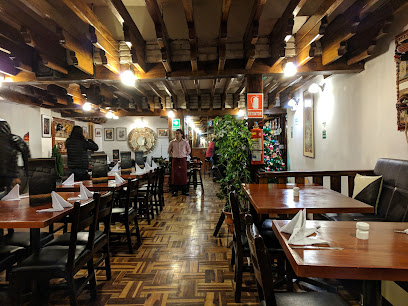
Mama Seledonia
Experience authentic Peruvian flavors at Mama Seledonia, where every dish reflects the rich culinary heritage of Peru.
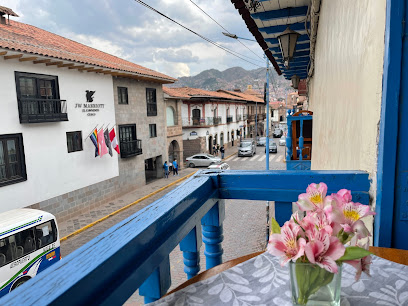
Markets, malls and hidden boutiques
Mercado Central de San Pedro
Discover the rich culture and vibrant flavors of Cusco at Mercado Central de San Pedro, a must-visit destination for every traveler.
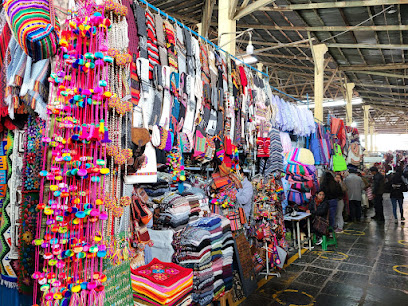
Real Plaza Cusco
Discover shopping, dining, and culture at Real Plaza Cusco, a modern shopping mall that offers a unique experience in the heart of Peru's historic city.
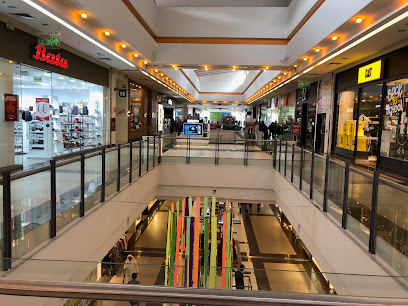
ARTESANIAS LLANCAQMAKI
Discover authentic Peruvian crafts at ARTESANIAS LLANCAQMAKI, your premier destination for unique souvenirs and cultural treasures in Cusco.
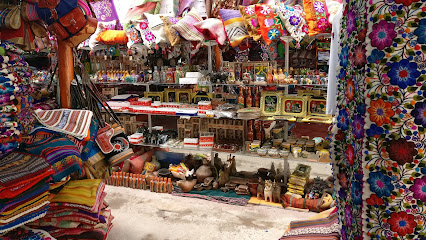
Handicraft Center Cusco
Discover authentic Peruvian handicrafts at Handicraft Center Cusco, where local artisans showcase their exquisite craftsmanship in a vibrant cultural hub.
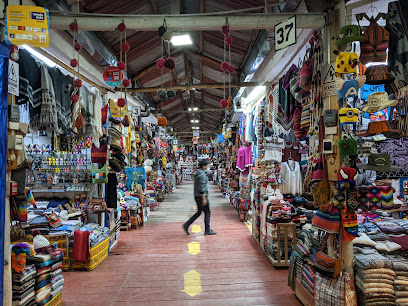
Centro Comercial Imperial Plaza
Explore shopping, dining, and entertainment at Centro Comercial Imperial Plaza in the historic heart of Cusco, Peru.
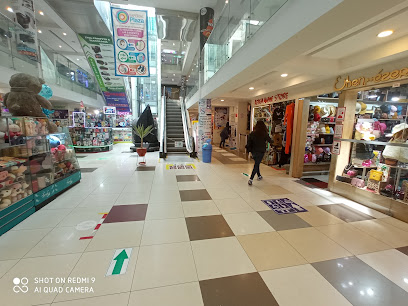
ARTESANÍAS ASUNTA
Explore unique Peruvian handicrafts and jewelry at ARTESANÍAS ASUNTA in the heart of Cusco, a treasure trove of culture and artistry.
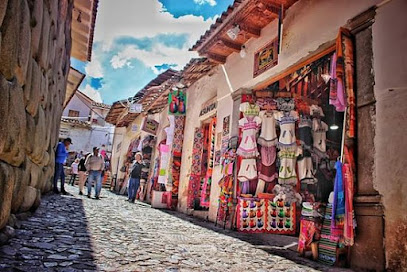
EKEKOS SAN BLAS -art & COLORS
Discover the heart of Peruvian craftsmanship at EKEKOS SAN BLAS in Cusco, where art meets culture in every unique creation.
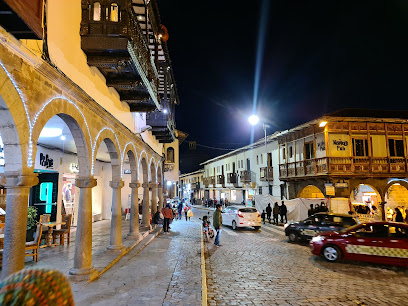
Souvenir and woodworking store
Discover the heart of Cusco through handcrafted souvenirs at the Souvenir and Woodworking Store, where every item tells a story of Peruvian culture.
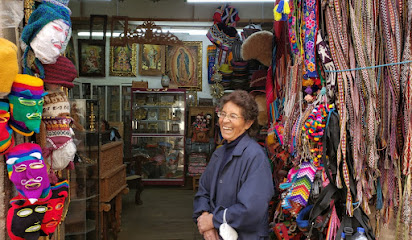
Souvenirs Cusco
Experience the vibrant culture of Peru at Souvenirs Cusco, your destination for authentic handicrafts and unique clothing in the heart of the historic city.
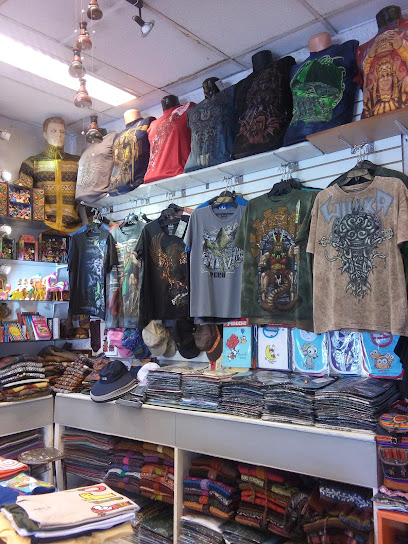
Cusco Collection
Explore the vibrant textile heritage of Peru at Cusco Collection, a must-visit clothing store in the heart of Cusco's historic district.
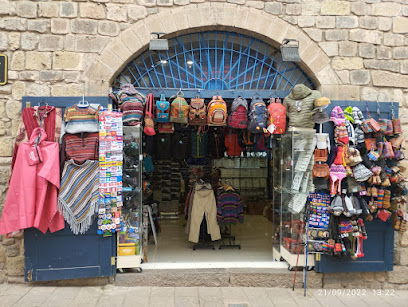
Essential bars & hidden hideouts
LIMBUS RESTOBAR
Discover the perfect blend of Peruvian flavors and breathtaking views at Limbus Restobar in Cusco.
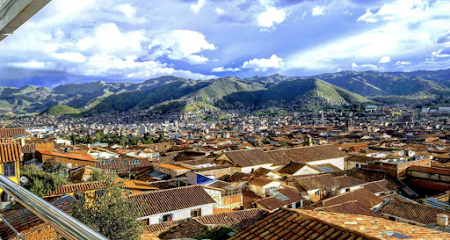
Molly's Irish Bar and Restaurant Cusco
Experience the perfect blend of Irish hospitality and Peruvian culture at Molly's Irish Bar and Restaurant in the heart of Cusco.
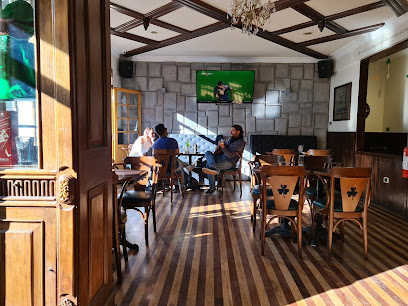
La chupiteria the shot bar
Discover the lively spirit of Cusco at La Chupiteria, where innovative shots and a vibrant atmosphere promise an unforgettable nightlife experience.
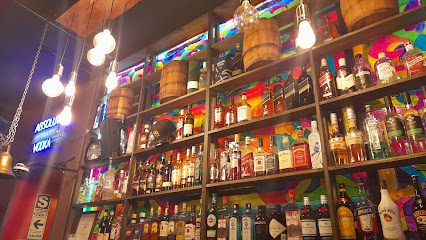
Paddy's Irish Pub
Experience the charm of Ireland in the heart of Cusco at Paddy's Irish Pub, where great food, drinks, and atmosphere await every traveler.
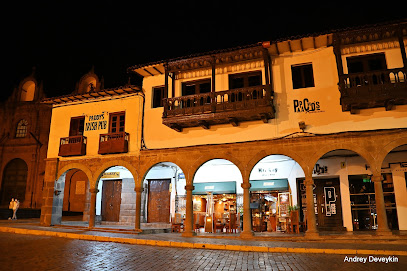
El Duende Resto Lounge
Discover El Duende Resto Lounge in Cusco, where vibrant flavors and a lively atmosphere blend in a unique culinary experience.
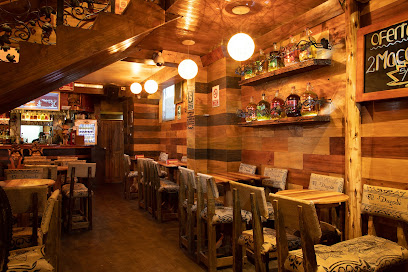
Rock House Cafe
Experience the vibrant nightlife and culinary delights at Rock House Cafe in the heart of Cusco, a must-visit for every traveler.
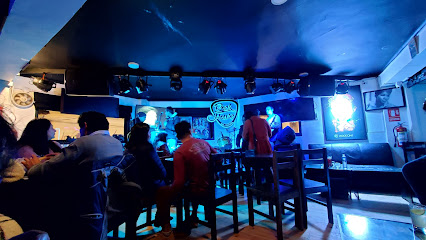
Black Cat Bar Cusco - Craft Cocktails & Spirits
Experience the vibrant nightlife at Black Cat Bar Cusco, known for its innovative craft cocktails and lively atmosphere in the heart of the city.
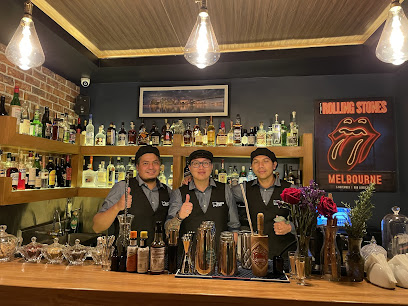
Casa Palacio
Discover Casa Palacio in Cusco - where jazz, cocktails, and culture collide for an unforgettable nightlife experience.

El Viejo Bar
Experience the vibrant nightlife of Cusco at El Viejo Bar, where traditional Peruvian flavors meet a lively atmosphere in the historic center.
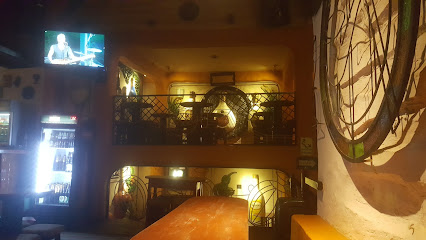
Papacho Bar Cultural
Experience the lively atmosphere and delicious grilled cuisine at Papacho Bar Cultural in Cusco, the heart of Peru's vibrant nightlife.
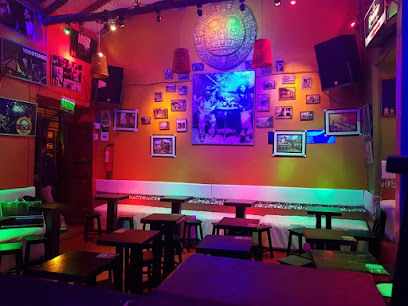
Local Phrases
-
- HelloHola
[oh-lah] - GoodbyeAdiós
[ah-dee-ohs] - YesSí
[see] - NoNo
[noh] - Please/You're welcomePor favor/De nada
[por fah-bor/deh nah-dah] - Thank youGracias
[grah-see-ahs] - Excuse me/SorryDisculpe/Perdón
[dees-kool-peh/pehr-dohn] - How are you?¿Cómo estás?
[koh-moh ehs-tahs] - Fine. And you?Bien. ¿Y tú?
[byen. ee too] - Do you speak English?¿Hablas inglés?
[ah-blahs een-glays] - I don't understandNo entiendo
[noh ehn-tyen-doh]
- HelloHola
-
- I'd like to see the menu, pleaseMe gustaría ver el menú, por favor
[meh goos-tah-ree-ah ver el meh-noo, por fah-bor] - I don't eat meatNo como carne
[noh koh-moh kahr-neh] - Cheers!¡Salud!
[sah-loohd] - I would like to pay, pleaseMe gustaría pagar, por favor
[meh goos-tah-ree-ah pah-gar, por fah-bor]
- I'd like to see the menu, pleaseMe gustaría ver el menú, por favor
-
- Help!¡Ayuda!
[ah-yoo-dah] - Go away!¡Vete!
[veh-teh] - Call the Police!¡Llama a la Policía!
[yah-mah ah lah poh-lee-see-ah] - Call a doctor!¡Llama a un médico!
[yah-mah ah oon meh-dee-koh] - I'm lostEstoy perdido
[ehs-toy pehr-dee-doh] - I'm illEstoy enfermo
[ehs-toy ehn-fehr-moh]
- Help!¡Ayuda!
-
- I'd like to buy...Me gustaría comprar...
[meh goos-tah-ree-ah kohm-prar] - I'm just lookingSolo estoy mirando
[soh-loh ehs-toy mee-rahn-doh] - How much is it?¿Cuánto cuesta?
[kwan-toh kwehs-tah] - That's too expensiveEsto es muy caro
[ehs-toh ehs mwee kah-roh] - Can you lower the price?¿Puede bajar el precio?
[pweh-deh bah-har el pree-syoh]
- I'd like to buy...Me gustaría comprar...
-
- What time is it?¿Qué hora es?
[keh oh-rah ehs] - It's one o'clockEs la una
[ehs lah oo-nah] - Half past (10)Media (10)
[meh-dee-ah (dheez)] - MorningMañana
[mah-nyah-nah] - AfternoonTarde
[tahr-deh] - EveningNoche
[noh-cheh] - YesterdayAyer
[ah-yehr] - TodayHoy
[oy] - TomorrowMañana
[mah-nyah-nah] - 1Uno
[oo-noh] - 2Dos
[dohs] - 3Tres
[trehs] - 4Cuatro
[kwah-troh] - 5Cinco
[seen-koh] - 6Seis
[says] - 7Siete
[syeh-teh] - 8Ocho
[oh-choh] - 9Nueve
[nweh-veh] - 10Diez
[dyehs]
- What time is it?¿Qué hora es?
-
- Where's a/the...?¿Dónde está...?
[dohn-deh ehs-tah] - What's the address?¿Cuál es la dirección?
[kwahl ehs lah dee-rehk-syon] - Can you show me (on the map)?¿Puede mostrarme (en el mapa)?
[pweh-deh mohs-trar-meh (ehn el mah-pah)] - When's the next (bus)?¿Cuándo es el próximo (autobús)?
[kwan-doh ehs el proh-ssee-moh (ow-toh-boos)] - A ticket (to ....)Un boleto (a ....)
[oon boh-leh-toh (ah)]
- Where's a/the...?¿Dónde está...?
History of Historic Center
-
Cusco was established as the capital of the Inca Empire in the early 15th century. The Historic Center, known as the 'navel of the world' (Qosqo), was the political, religious, and cultural heart of the Incas. The Sacsayhuamán fortress, located on the outskirts, exemplified the architectural prowess of the Incas, utilizing large stones meticulously fitted together without mortar.
-
The arrival of Spanish conquistadors in the 16th century led to the dramatic transformation of Cusco. After the fall of the Inca Empire, Spanish colonial authorities constructed churches, palaces, and plazas atop Incan foundations, blending European and indigenous architectural styles. The Cathedral of Cusco, built between 1560 and 1654, stands as a testament to this period, showcasing a mix of Gothic, Renaissance, and Baroque influences.
-
During the colonial period, Cusco became a crucial economic center due to its strategic location along trade routes and its proximity to valuable silver mines in Potosí. The Historic Center thrived with the influx of wealth, leading to the construction of opulent buildings and the establishment of markets that served both locals and travelers.
-
The early 19th century brought the struggle for independence from Spanish rule, with Cusco playing a significant role in the movement. Following independence in 1821, the Historic Center witnessed a revival of indigenous culture and identity, with local leaders and intellectuals advocating for the preservation of Andean traditions and languages.
-
In the 20th century, Cusco underwent modernization while striving to maintain its historical essence. The Historic Center was declared a UNESCO World Heritage Site in 1983, acknowledging its cultural significance and the need for preservation. This designation has fostered tourism and economic development, while also highlighting the importance of maintaining the rich tapestry of Cusco's history and culture.
Historic Center Essentials
-
The Historic Center of Cusco is easily accessible from other neighborhoods and locations. If you are coming from the Alejandro Velasco Astete International Airport, you can take a taxi or a pre-arranged shuttle service, which typically costs around 20-30 soles and takes about 15-30 minutes depending on traffic. If you are staying in neighborhoods like San Blas or the San Pedro area, it's a pleasant walk of about 15-20 minutes to reach the Historic Center. For longer distances, local buses and taxis are widely available and affordable.
-
The Historic Center is compact and best explored on foot, allowing you to take in the rich history and architecture. Taxis are available throughout the area, and they are inexpensive; always negotiate the fare before getting in. For those who prefer cycling, some local shops rent bicycles. However, be cautious of traffic and uneven cobblestone streets. Public buses are available but can be crowded and may not be the best option for tourists unfamiliar with the routes.
-
Cusco is generally safe for tourists, but it's wise to remain cautious, especially in crowded areas. Pickpocketing can occur in markets and on public transport. Areas to avoid after dark include the outskirts of the city and certain parts of the San Jeronimo district. Always keep your belongings secure and avoid displaying valuables openly.
-
In case of an emergency, dial 105 for police assistance or 116 for fire emergencies. For medical emergencies, seek the nearest hospital or clinic. The main hospitals in Cusco, such as Hospital Antonio Lorena, are equipped to handle various health issues. It's advisable to have travel insurance that covers emergencies. Pharmacies are widely available for minor health concerns.
-
Fashion: Do dress modestly and comfortably, especially when visiting churches. Don’t wear overly revealing clothing. Religion: Do respect local customs; when visiting churches, cover your shoulders and knees. Public Transport: Do be courteous and offer your seat to elderly passengers. Don’t eat or drink on public transport. Greetings: Do greet with a friendly 'Hola' and a smile. A handshake is common. Eating & Drinking: Do try local dishes like cuy and empanadas. Don’t refuse food or drink offered to you as it can be considered disrespectful.
-
To experience the Historic Center like a local, start your day with breakfast at a local market, such as San Pedro Market, where you can enjoy fresh juices and traditional dishes. Engage with local artisans in the area around the Plaza de Armas, and take time to explore lesser-known sites such as the San Blas neighborhood. Don't miss the chance to join a local festival if your visit coincides with one, as these events showcase Cusco's vibrant culture and traditions.
Nearby Cities to Historic Center
-
Things To Do in Machu Picchu
-
Things To Do in Ayacucho
-
Things To Do in Arequipa
-
Things To Do in Puno
-
Things To Do in Huancayo
-
Things To Do in Ica
-
Things To Do in Copacabana
-
Things To Do in La Paz
-
Things To Do in Tacna
-
Things To Do in Lima
-
Things To Do in Arica
-
Things To Do in Huaraz
-
Things To Do in Cochabamba
-
Things To Do in Iquique
-
Things To Do in Sucre













